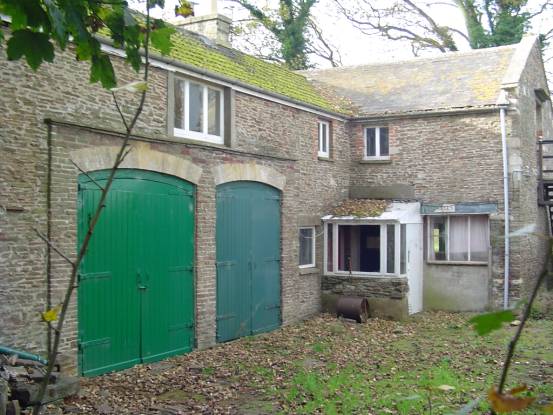 «Home
«Home «Home «Home |
Guide to St Michael's Church
WINTERBOURNE
|
|
Winterbourne Rectories
The only information we currently have comes from CHB Eliot (1936):
and Ludwell
The Present Rectory

(Queen Anne's Bounty was a fund established in 1704 to augment the incomes of the poorer clergy of the Church of England. The bounty was funded by the tax (annates) on the incomes of all Church of England clergy, which was paid to the Pope until the Reformation, and thereafter to the Crown. In 1890, the total amount distributed was £176,896.)
Living here at the time of the 1881 census were:
The following servants were listed as living at the Rectory in the 1881 census:
Was this the living quarters for some of the servants?

The Stables

In 1882 a water surveyor wrote 'Some years ago it was proposed to supply a portion of Bristol with water from the Frampton Cotterell iron mines, which are in the Pennant, and the analysis made of the water showed it to be of good quality'. Subsequently a Frampton Cotterell iron mine was acquired by the West Gloucestershire Water Company. Bristol Waterworks laid a ten-inch water main in Winterbourne High Street in 1890, although main drainage was not laid in the High Street until 1954 and in Green Lane/Swan Lane in 1964.
So until the 1890s this pump was the source of fresh water for the Rectory!

"When Mr.Burrough became rector in 1914, the road from Church Lane was disused, a new one from Winterbourne Street being made."
This view shows the Rectory from the new one.